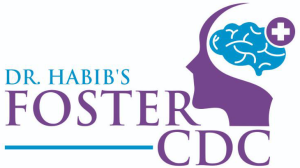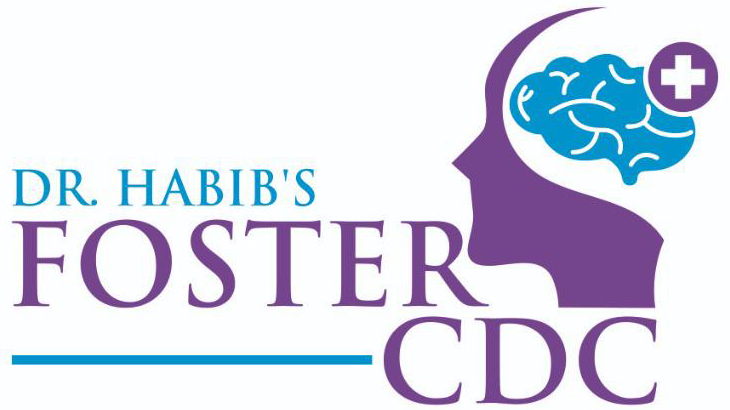AUTISM
Myths and Facts
Myth : Autistic Children don’t want friends
Fact : Autistic children struggle with social skills because they find it difficult to interact with their peers. Though they seem to be unfriendly and shy, they are actually not unfriendly. They just can’t communicate their desire the same way as the other children do.
Myth : Children with Autism demonstrate some specific characteristics
Fact : Autism is a spectrum disorder as its characteristics differ from child to child. One child with autism has some distinctive characteristics. Therefore, a child’s limitations or capabilities do not indicate the limitations or capabilities of another child with autism.
Myth : Autistic children can’t understand the emotions of others
Fact : Autistic children lack the ability to understand unspoken communication – body language and gestures of others. Therefore, they can’t read others emotions – either sad or happy solely based on one’s body language, gestures and tone of voice. But, when the emotions are communicated more directly and clearly, then autistic children feel the emotions of others and are thus compassionate and empathetic to other children.
Myth : People with autism are intellectually disabled
Fact : children with autism are not intellectually disabled, but they are differently able as autism brings several exceptional abilities as challenges. Many children with autism excel in arts, crafts, music, maths and other domains and some children have high IQs.
Myth : Autism only affects children
Fact : Autistic children grow up to become autistic adults.
Myth : Autism is caused by bad parenting
Fact : The theory has been proven wrong and disapproved.
Myth : Autistic children can’t express or feel any emotions – happy or sad
Fact : Autism does not hinder the feeling or emotions in children, but it makes a child express and perceive emotions in different ways.
Myth : Autism is a fixed biological disorder based on a single genetic pattern.
Fact : Current research suggests that there is no single cause of autism, but rather multiple causes working together in a cumulative way, and multiple paths leading to the disorder.

